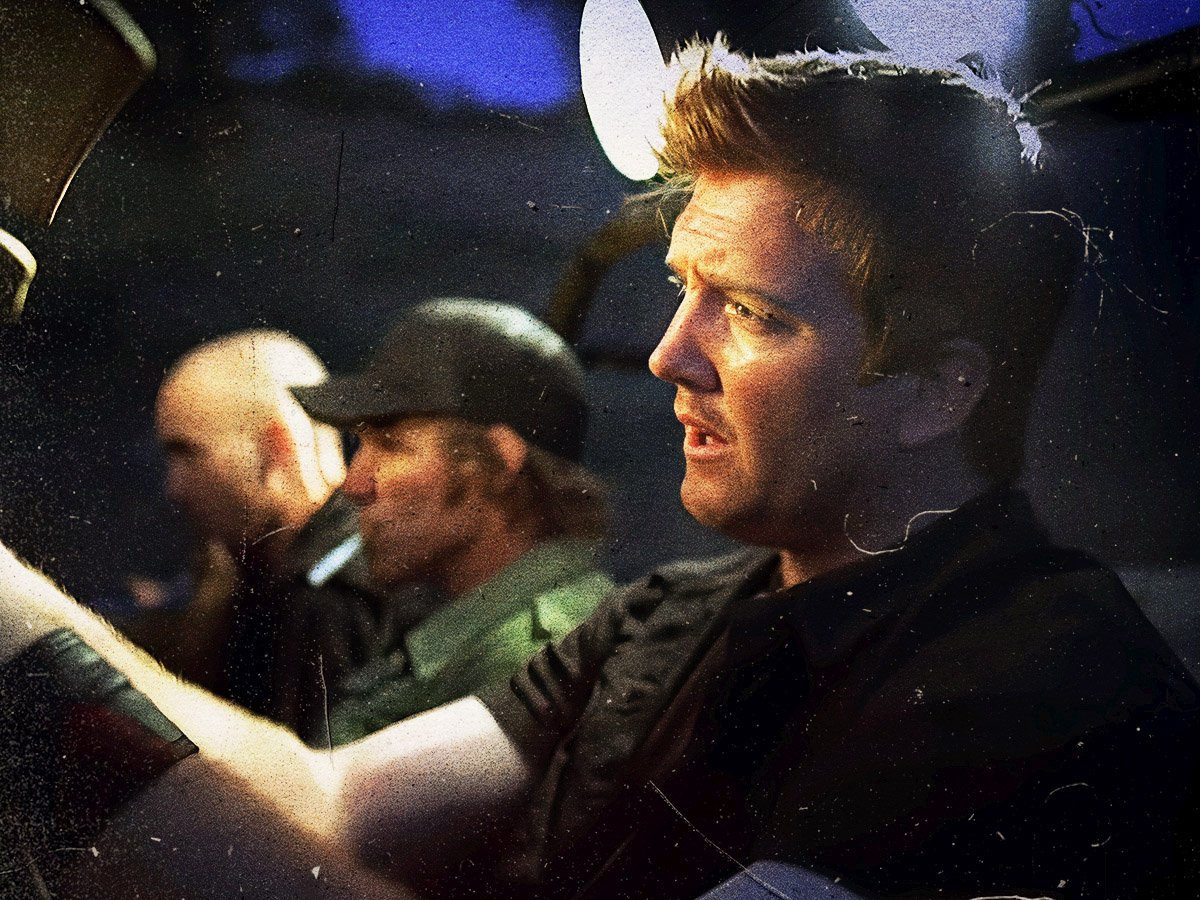
(Credits: Far Out / YouTube Still)
There’s always a certain degree of cool radiating from every Quentin Tarantino movie. Regardless of how many genres he likes to dip his toes into throughout his career, there’s a certain visual sheen on each of his films that makes you feel like you’ve stumbled across a classic piece of cinema that got lost in time. In an era where rock felt like it was losing its edge, Queens of the Stone Age sculpted the kind of record that actually managed to take that Tarantino style of cool and put it into a musical project on Songs for the Deaf.
Granted, most people would tell you that the best person to make a Tarantino movie in song form is Tarantino himself. He was always a connoisseur of great songs of the past, and even if you didn’t know the songs that he was playing, you always knew when one fit the scene just right, like hearing Chuck Berry over John Travolta and Uma Thurman dancing or ‘Stuck in the Middle’ as you watch a man getting mutilated in Reservoir Dogs.
Looking at the story behind Songs for the Deaf, it almost has the same type of edge that you would find in something like Pulp Fiction. Instead of taking the typical “concept album” route of telling a story across every song, the entire album is moulded like a long drive through the desert, with mock radio stations playing in between the songs as interludes.
There are even songs that seem to have the same energy as some of Tarantino’s most iconic scenes. ‘Hanging Tree’ could easily be playing in the background in the gimp dungeon in Pulp Fiction, and if Django Unchained had taken place in the present day, seeing Jamie Foxx travelling to murder racist slave owners would be eight times better with ‘Song for the Dead’ blaring away in the background.
Tarantino certainly has a reputation for putting a lot of attention into the action, though, and Joshua Homme was no different. The guitars are already cranked up to 100 whenever they play, and it’s like you’re going to hire someone like Dave Grohl behind the drumkit and not expect him to blast the living daylights out of them. It definitely works for what Homme is going for, but if you haven’t been used to it before, it does take a bit of an adjustment for you to get used to it.
Still, that doesn’t mean the songs are one-to-one comparisons to Tarantino films. It’s more in aesthetic than anything else. There’s nothing in a song like ‘Do It Again’, for example, that correlates with Tarantino movies, but they seem to be approaching their craft from the same twisted place as if they’re trying to thrill you and disgust you at the exact same time.
While Tarantino has been known for his impacts on genres like westerns and insane action, that’s not to say that he can’t have a heart when he wants to. There is always a thin veneer of cool laced throughout something like Django Unchained, but it never forgets about the love story at the heart of it all, as a man wishes to rescue the one he loves from captivity.
Homme never seemed to be the kind of person to show his feelings all that often, either, but ‘Go With the Flow’ really is the heart of his Tarantino-esque. No matter how many times he talks about something that he doesn’t want to be, a line like ‘I want something good to die for to make it beautiful to live’ is still one of the most cutting lines of this century.
There are even subtle traces of the Western style that Tarantino adopted in later years. As the album comes to a close on ‘Mosquito Song,’ hearing that disembodied voice as a faint acoustic guitar plays in the background feels like watching the lone survivors of a shootout reconvene in a bar and trying to process what they just saw.
If Tarantino is looking at bowing out of the limelight and retiring from making films, though, Queens of the Stone Age could serve as the next generation of film soundtracks for his successor. There’s usually a certain feeling radiating off of any Tarantino film, but if he listened to Songs for the Deaf, chances are he might find his creative kindred spirit in Homme.









